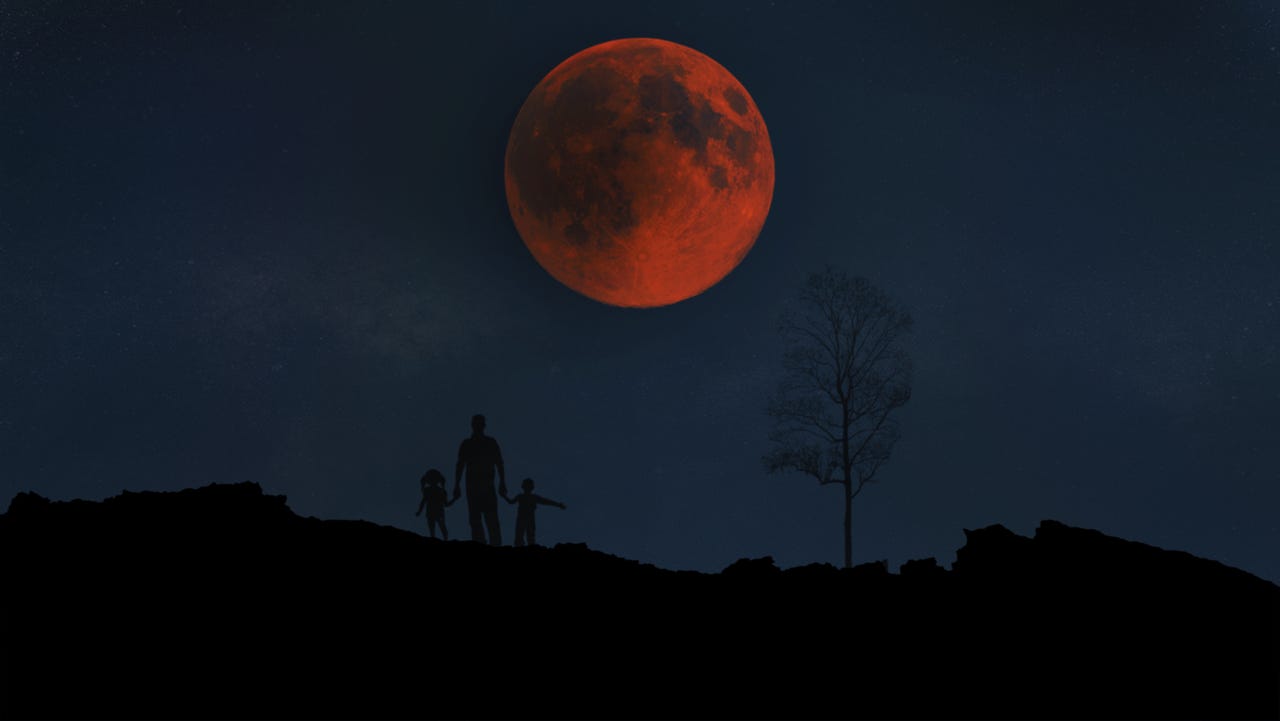'ZDNET Recommends': What exactly does it mean?
ZDNET's recommendations are based on many hours of testing, research, and comparison shopping. We gather data from the best available sources, including vendor and retailer listings as well as other relevant and independent reviews sites. And we pore over customer reviews to find out what matters to real people who already own and use the products and services we’re assessing.
When you click through from our site to a retailer and buy a product or service, we may earn affiliate commissions. This helps support our work, but does not affect what we cover or how, and it does not affect the price you pay. Neither ZDNET nor the author are compensated for these independent reviews. Indeed, we follow strict guidelines that ensure our editorial content is never influenced by advertisers.
ZDNET's editorial team writes on behalf of you, our reader. Our goal is to deliver the most accurate information and the most knowledgeable advice possible in order to help you make smarter buying decisions on tech gear and a wide array of products and services. Our editors thoroughly review and fact-check every article to ensure that our content meets the highest standards. If we have made an error or published misleading information, we will correct or clarify the article. If you see inaccuracies in our content, please report the mistake via this form.
Blood Moon, tomorrow: How to watch the last total lunar eclipse until 2025


A total lunar eclipse is occurring on November 8, and it will be the last one for the next three years. If you want to take advantage of watching the full moon transform into a reddish hue, here is everything you need to know.
Featured
A lunar eclipse is when the sun, Earth, and moon align, and the Earth casts a complete shadow over the moon. When the moon falls under the darkest part of the Earth's shadow, the umbra, it turns a reddish hue – hence the term "Blood Moon."
If you live in eastern Asia, Australia, or the Pacific, portions of the Blood Moon spectacle will be visible to you.
The totality of the eclipse will be visible across North and Central America, as well as in Ecuador, Colombia, and western portions of Venezuela and Peru, according to NASA.
Also: NASA's uncrewed flight to the moon will be tracked by volunteers worldwide
The website Time and Date has an interactive eclipse map that is color-coded to designate exactly how much of the eclipse you can see, what times the lunar eclipse will be visible to you, and what the weather forecast is for that early morning.
So, if you are in an area where the Blood Moon is visible, how can you see it? The answer is simple – you just look up.
A nearly total lunar eclipse captured before dawn on November 19, 2021.
Unlike a solar eclipse, for which you need special eyewear, during the lunar eclipse, you can just look straight up at the sky. Despite not being necessary, a pair of binoculars or a telescope can always be helpful in getting a better view.
"You don't need any special equipment to observe a lunar eclipse, although binoculars or a telescope will enhance the view and the red color," said NASA. "A dark environment away from bright lights makes for the best viewing conditions."
If you live in an area that won't get much visibility or has lots of light pollution, don't fret: there are online-streaming options as well.
In the past, NASA has livestreamed the eclipse on its website. This year, there is no mention of NASA doing so, and on its site, it states: "Numerous organizations and individuals around the globe present livestreams and videos of lunar eclipses."
Also: What is the James Webb Space Telescope?
To find these livestreams, all you have to do is search "Lunar eclipse live stream" on either Google or YouTube, and a plethora of options will be available. A couple we found include Time and Date's live stream, Lowell Observatory's Live Stream, and Kopernik Observatory's Live Stream.
The livestreams will begin at around 4 AM ET on Tuesday, November 8. To find the most optimal time for you to look up at the sky, we recommend checking the map. The partial phase will begin in North America at 3:09 AM CST, with totality beginning at 4:16 AM and ending at 5:42 AM, according to NASA.
FAQs
What is a lunar eclipse?
A lunar eclipse is when the Sun, Earth, and moon align, and the Earth casts a complete shadow over the moon. When the moon falls under the darkest part of the Earth's shadow, the umbra, it turns a reddish hue -- hence the term "Blood Moon".
When is the lunar eclipse happening?
The last total lunar eclipse for three years is occurring on Tuesday, Nov. 8, 2022. The exact time of visibility will depend on where you live, and we recommend checking Time and Date's visibility map. In North America, the action will begin in the early hours of the morning, with the partial eclipse beginning at 3:09 AM CST, and totality beginning at 4:16 AM and ending at 5:42 AM, according to NASA.
How can I watch the lunar eclipse?
If you live in an area where the lunar eclipse is visible, all you have to do is look up at the night sky. If the eclipse isn't visible in your area, or if you simply don't want to get out of bed that early in the morning (we aren't judging), there are online-streaming options available as well. Some options include Time and Date's livestream, Lowell Observatory's Livestream, and Kopernik Observatory's Livestream.